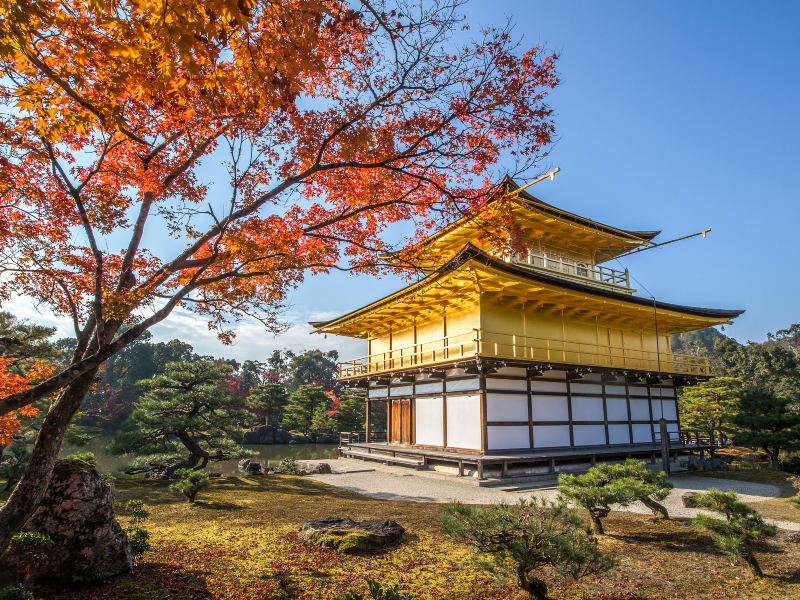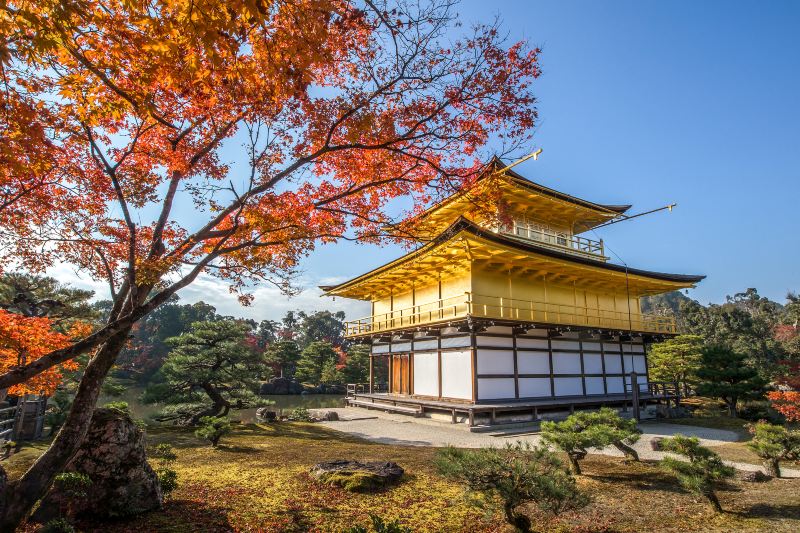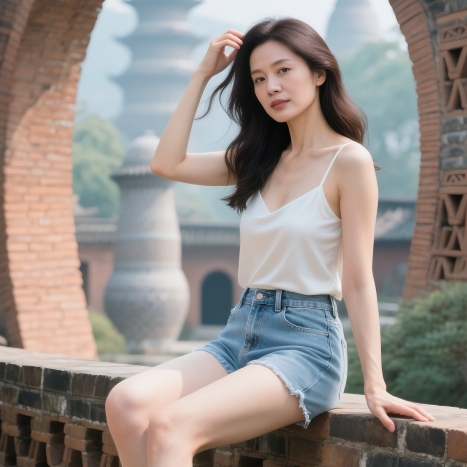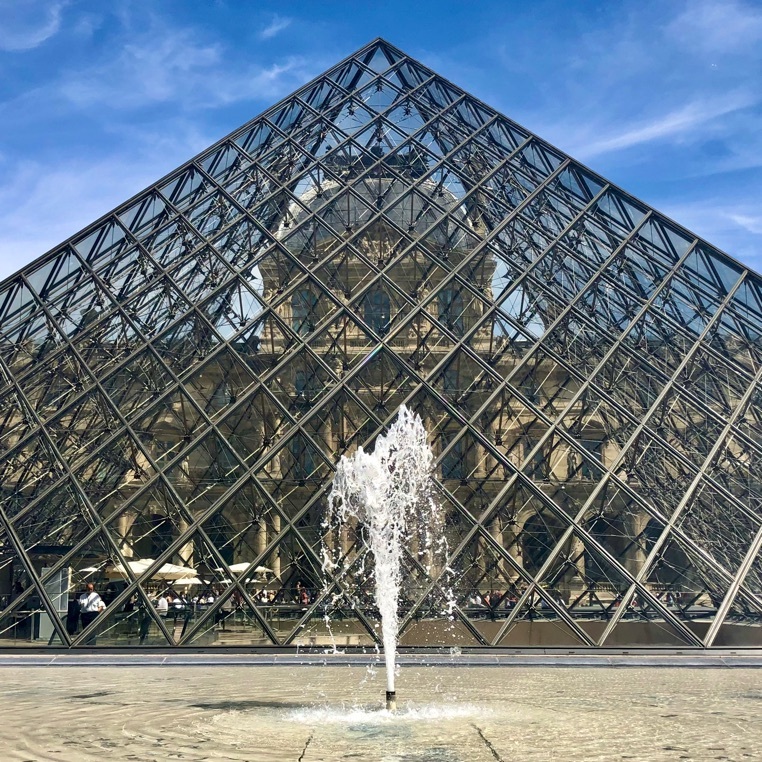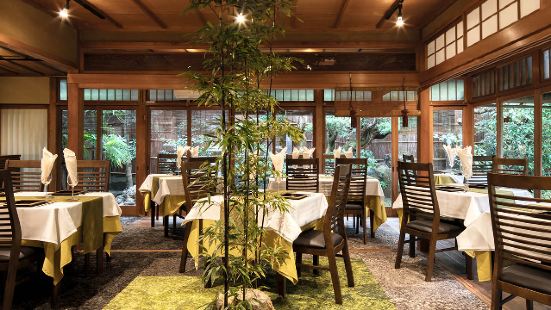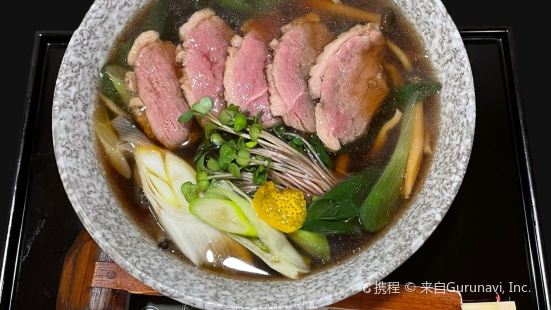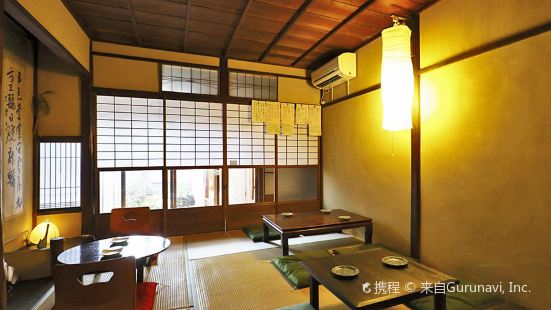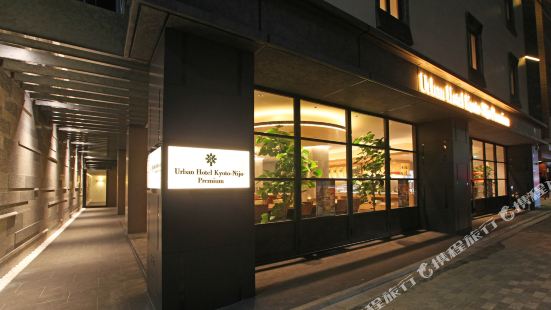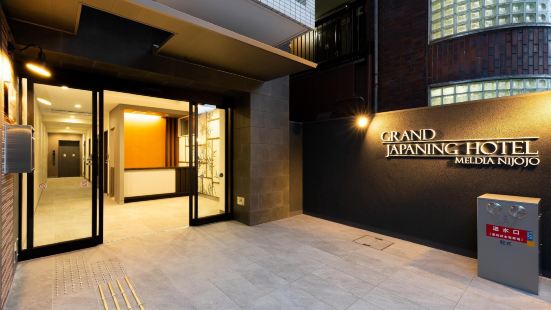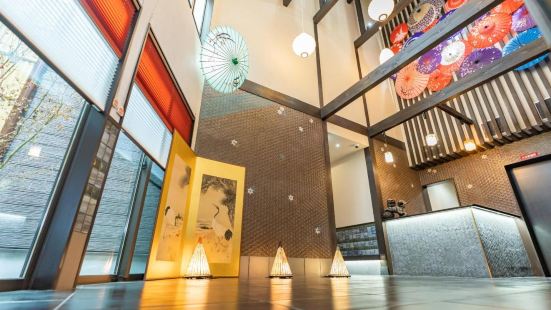Photos of Kinkaku-ji
<p>Kinkaku-ji, officially named Rokuon-ji, is a temple of the Rinzai sect of Zen Buddhism located in the Kita Ward of Kyoto, Japan. It was originally built in 1397 when Ashikaga Yoshimitsu, the third shogun of the Muromachi shogunate, converted the mountain villa of the Saionji family into a temple. The temple's main building, the Shariden, is known as the "Golden Pavilion" because its exterior is covered in gold leaf. The temple's name, Rokuon-ji, is derived from Yoshimitsu's posthumous name, Rokuon-in. Kinkaku-ji combines the cultures of nobility, samurai, and Zen Buddhism, symbolizing Japan's Kitayama culture, and was designated a UNESCO World Heritage Site in 1994.</p><p><br></p><p>The Golden Pavilion is a three-story structure, each level showcasing a different architectural style. The first floor, known as "Hō-sui-in," is built in the style of the Heian period's noble palaces. The second floor, "Chō-on-dō," reflects the style of the Kamakura samurai. The third floor, "Kukkyo-chō," is designed in the manner of a Chinese Zen Buddhist temple, topped with a golden phoenix, symbolizing auspiciousness. The pavilion is beautifully reflected in the Mirror Pond, harmonizing with the surrounding islands, rocks, and the famous pine tree, Riku-shū-no-matsu, earning it the description of a "paradise on earth." Throughout history, Kinkaku-ji has suffered numerous calamities, including being burned down by a novice monk named Hayashi Shōken in 1950. It was subsequently rebuilt in its original form in 1955, and the gold leaf was fully restored in 1987, giving it its current dazzling appearance.</p><p><br></p><p>Kinkaku-ji is not only a national treasure of Japan but also a symbol of aesthetics and philosophy, made famous by the novel of the same name by Yukio Mishima. The temple's garden is intricately designed, allowing visitors to enter with paper talismans inscribed with blessings, experiencing the blend of traditional Zen spirit and natural beauty.</p>

 BiancaAriel
BiancaAriel